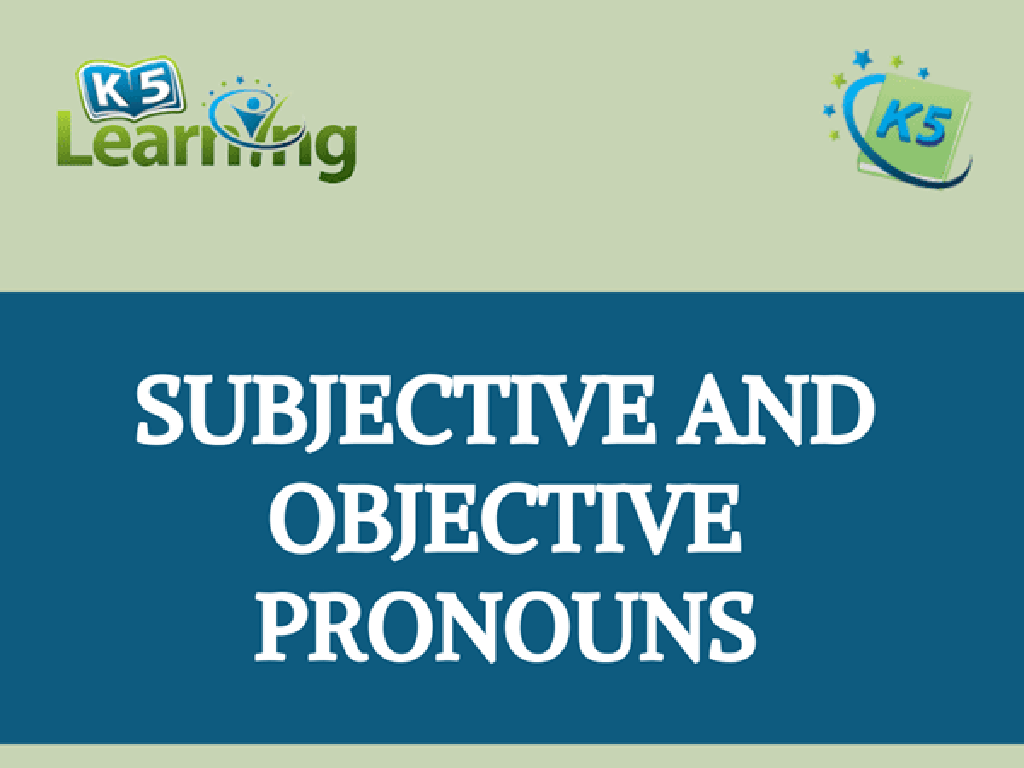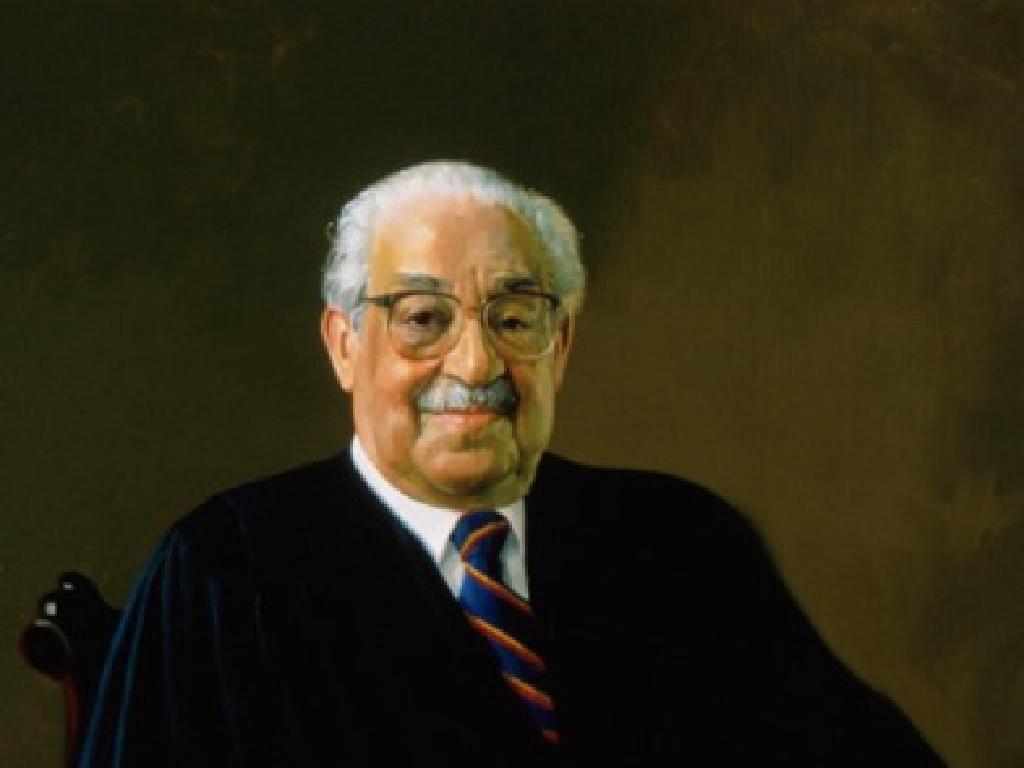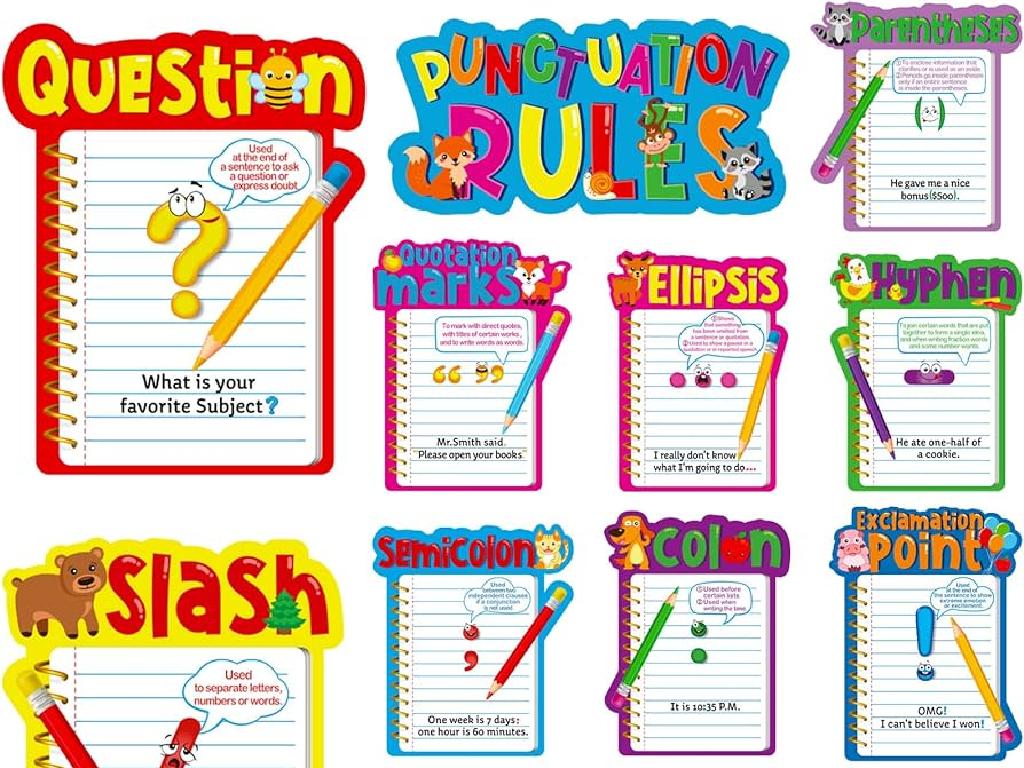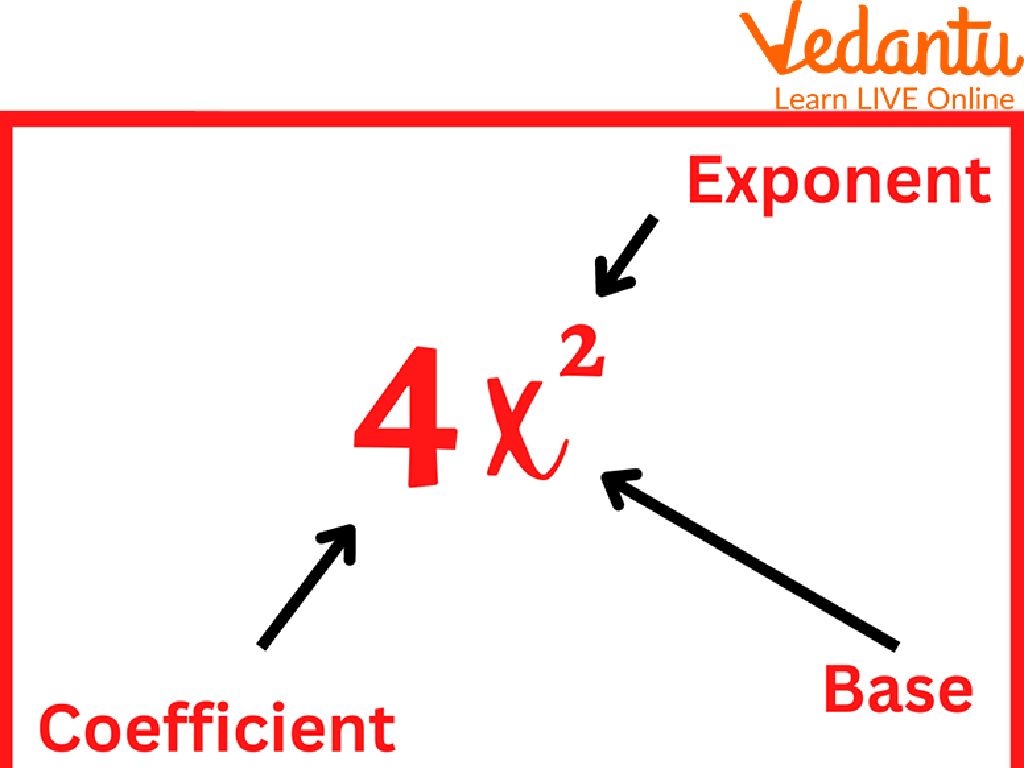Add Two-Digit Numbers Without Regrouping - Sums To 100
Subject: Math
Grade: Second grade
Topic: Addition: Two Digits
Please LOG IN to download the presentation. Access is available to registered users only.
View More Content
Welcome to Addition: Two-Digit Numbers!
– Explore adding two-digit numbers
– What is addition? Combining numbers
– Addition is putting together amounts
– Add numbers within 100, no regrouping
– Like 23 + 35, stack numbers and add without carrying over
– Practice with examples up to 100
– Try 45 + 27, align the digits and add each column
|
This slide introduces second graders to the concept of adding two-digit numbers without the need for regrouping. Start by explaining that addition is the process of combining two or more numbers to find their total. Emphasize that when adding two-digit numbers, each digit should be placed in the correct column, ones under ones and tens under tens. Show them that if the sum of the ones or tens does not exceed 9, there’s no need to regroup. Provide clear examples on the board and walk through the steps. Encourage students to practice with numbers that add up to less than 100 without regrouping, ensuring they understand the concept before moving on to more complex addition.
Adding Two-Digit Numbers Without Regrouping
– Understanding regrouping
– Regrouping is carrying over a ten in addition
– Today’s focus: no regrouping
– Example: 23 + 34
– 23 + 34 equals 57, no tens to carry over
– Sums up to 100
– Keep sums within 100, no regrouping needed
|
This slide introduces the concept of regrouping and sets the stage for practicing addition without the need to regroup. Explain that regrouping is when we carry over a ten to the next column in addition, which we won’t be doing today. Use the example 23 + 34 to show how each digit is added separately since the sum of the ones place doesn’t exceed nine, and the sum of the tens place doesn’t exceed 90. Emphasize that all sums will be less than 100, making it simpler for the students to add without regrouping. Encourage students to practice with similar examples and reassure them that it’s okay if they make mistakes; they can always try again.
Adding Tens Without Regrouping
– Start with adding tens places
– Combine tens like sticks
Think of tens as bundles of sticks, each bundle has 10 sticks.
– Example: 20 + 30 = ?
20 has 2 bundles and 30 has 3 bundles, how many bundles in total?
– Practice together on board
|
This slide introduces the concept of adding two-digit numbers without regrouping by focusing on the tens place. Begin by explaining that when we add the tens place, we are simply combining the number of ‘tens sticks’ or ‘bundles of sticks’ where each bundle represents ten units. Use visual aids like drawings of bundles of sticks to help students visualize the concept. Then, move to the board to work through an example together, ensuring to engage the students by asking them to count the total number of bundles. This hands-on activity will help solidify their understanding of addition without regrouping. Encourage students to think of the tens place as groups of ten, which can be easily added together.
Adding Ones: No Regrouping Needed!
– Add the ones place digits
– For 52 + 34, add 2 (ones in 52) + 4 (ones in 34)
– Count single units like toys
– Imagine 3 toy cars plus 4 more. How many toy cars now?
– Practice with example sums
– Try 23 + 15, 42 + 26, and 37 + 12
– Ensure sums do not exceed 9
|
This slide focuses on adding the ones place digits without regrouping, which is a foundational skill in addition for second graders. Emphasize that each number is made up of tens and ones. When adding the ones place, we only look at the rightmost digit of each number. Use tangible examples like counting toys to make it relatable. Provide practice examples and ensure students understand that if the sum of the ones place is 10 or more, regrouping is needed, but for this exercise, all sums should be less than 10. Encourage students to use their fingers or counters to add the ones place if needed.
Adding Two-Digit Numbers: No Regrouping
– Combine tens and ones separately
– Add tens like 20 + 30 to get 50
– Example: 20 + 30 and 3 + 4
– Add ones like 3 + 4 to get 7
– Solve problems as a class activity
– We’ll add 50 and 7 to make 57 together
|
This slide aims to consolidate the students’ understanding of adding two-digit numbers without regrouping. Start by explaining that we add the tens and ones separately. Use the example provided to demonstrate this concept: first add 20 + 30 to make 50, then add 3 + 4 to make 7, and finally combine these sums to get the total, 57. Engage the class with a few practice problems, encouraging them to apply this method. Provide guidance and positive reinforcement as they work through the problems. This activity will help reinforce their skills in addition and build their confidence in solving similar math problems.
Let’s Practice Adding Two-Digit Numbers!
– Time to solve addition problems
– Write your answers on paper
– No regrouping is necessary
– Add the ones, then the tens. If it’s over 10, you’ve gone too far!
– Aim for sums up to 100
– Keep your sums less than or equal to 100.
|
This slide is designed for a practice activity where students will apply their knowledge of adding two-digit numbers without regrouping. Provide several examples on the board or on a handout, such as 34 + 22, 51 + 48, and 76 + 13. Remind students to start adding from the rightmost digits (the ones) and then move to the left (the tens). Emphasize that if the sum of the ones or tens is 10 or more, they need to check their work because regrouping should not be necessary for these problems. Encourage students to double-check their answers and be ready to discuss the strategies they used during the next class. Prepare to offer immediate feedback and support as they work through the problems.
Reviewing Our Addition Answers
– Review answers as a class
– Discuss any mistakes made
– Why might an answer be incorrect? Let’s explore together.
– Learning from errors is key
– Mistakes are opportunities for learning and growth.
– Praise for effort and trying
|
This slide is meant to encourage a positive learning environment where students feel comfortable reviewing their answers together as a class. Emphasize that making mistakes is a natural part of the learning process and that understanding why a mistake was made is crucial for improvement. Praise the students for their efforts and for trying their best, regardless of whether they got the answer right or wrong. This will help build their confidence and foster a growth mindset. For the activity, go through each problem, allow students to share their answers, and discuss any discrepancies as a group. Provide guidance on how to approach similar problems in the future.
Class Activity: Addition Relay Race
– Form teams for the relay
– Line up at the board
– Solve addition problems in turns
– Each team member adds one number, then passes the marker
– First team to finish wins!
– Check answers for accuracy before declaring a winner
|
This activity is designed to encourage teamwork and quick thinking while practicing addition without regrouping. Divide the class into small teams, and have each team line up at the board. Write an addition problem with two-digit numbers for each team. When you say ‘go,’ the first student in each line will go to the board and solve one part of the problem, then pass the marker to the next team member. This continues until the problem is solved. The first team to solve their problem correctly wins. Make sure to have multiple problems ready for a few rounds of play. Encourage students to cheer on their teammates and practice good sportsmanship. This activity reinforces mental math skills and the concept of adding two-digit numbers without regrouping.
Becoming Addition Experts!
– Congratulations on mastering addition!
– Practice to become perfect
– The more you practice, the better you’ll get!
– Continue practicing at home
– Use worksheets and online games for fun
– Exciting next lesson: regrouping!
|
This slide is designed to celebrate the students’ accomplishment in learning to add two-digit numbers without regrouping. It’s important to encourage them to keep practicing to solidify their understanding. Provide them with additional worksheets or recommend online math games that make practice enjoyable. Let them know that their next challenge will be learning to add with regrouping, which is a crucial skill for more complex arithmetic. Make sure to acknowledge their hard work so far and build excitement for the next lesson.






